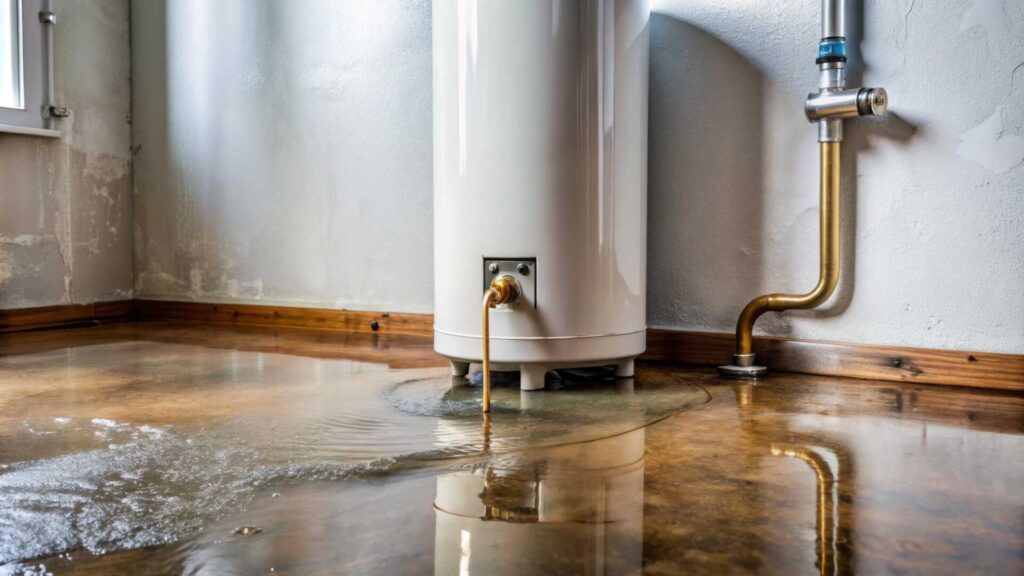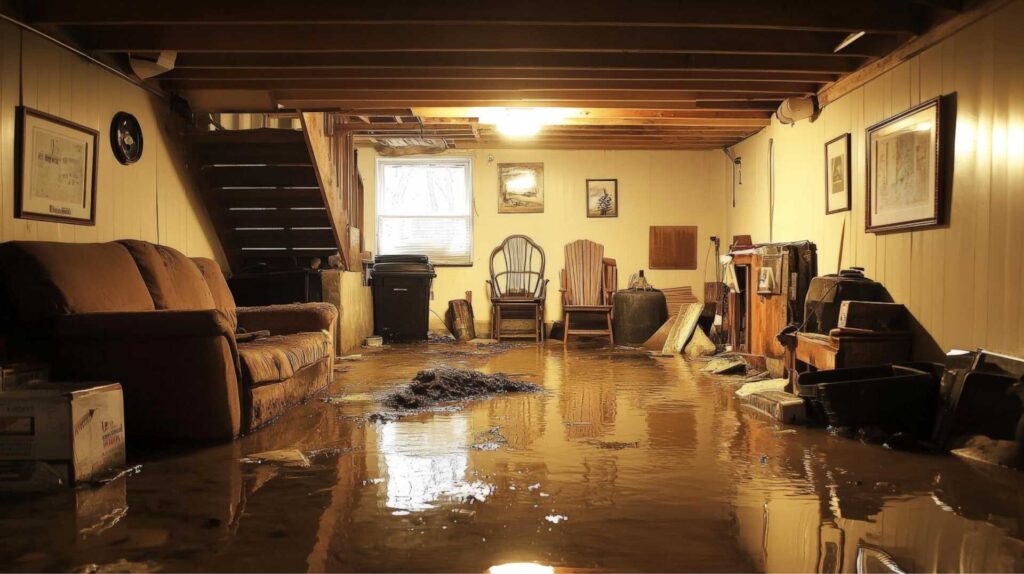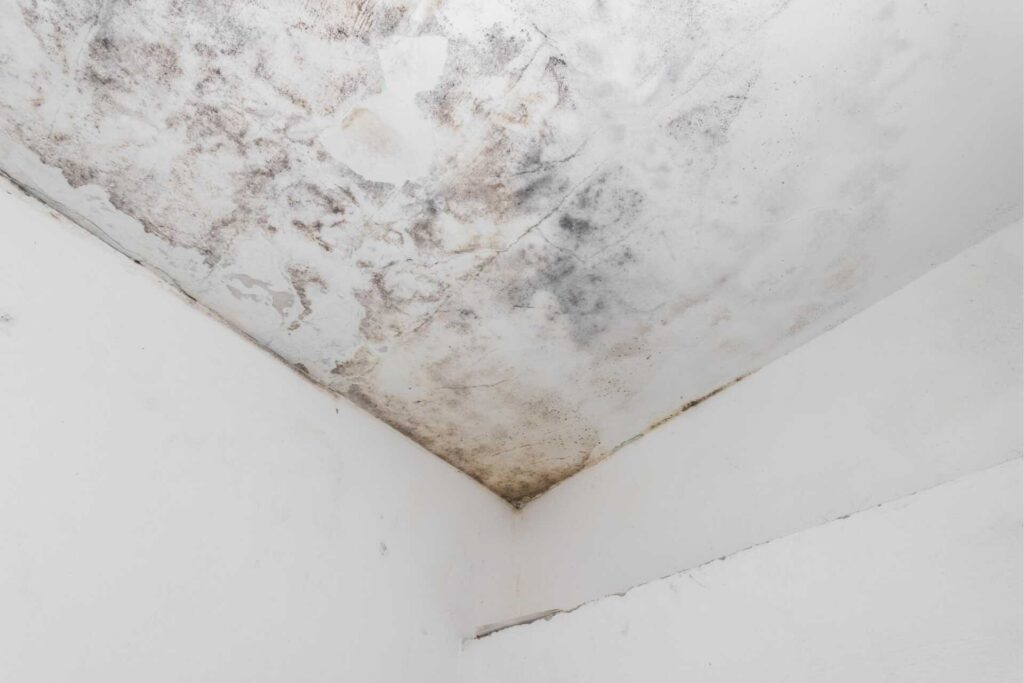
Contents
Imagine waking up to find your basement flooded after a heavy rainstorm. It’s vital to act quickly and efficiently to mitigate damage. Homeowners need to prioritize three key water damage repair techniques: effective water extraction, thorough damage assessment, and mold prevention. Understanding how to implement these methods can make a significant difference in your home’s recovery. Let’s explore each technique to ensure you’re prepared for any water damage situation.
Key Takeaways
- Identify the source of water intrusion and shut off the water supply to prevent further damage.
- Utilize a wet/dry vacuum to efficiently remove standing water from affected areas.
- Employ dehumidifiers to extract moisture from the air and surfaces, ensuring thorough drying.
- Prioritize repairs by addressing structural damage and electrical hazards before cosmetic issues.
- Regularly inspect for leaks and maintain ventilation to prevent future water damage.
Assessing the Damage and Prioritizing Repairs
How can you effectively assess water damage to prioritize repairs? Start by identifying the source of the water intrusion. Check for leaks in pipes, roofs, or appliances.
Once you locate the source, contain the damage by shutting off the water supply. Next, evaluate the affected areas thoroughly. Look for discoloration, warping, or mold growth on walls, ceilings, and floors. Use a moisture meter to measure the humidity levels in materials like wood and drywall.
Document your findings with photographs and notes to track the extent of the damage. Prioritize repairs based on severity; structural damage or electrical hazards should take precedence.
Address minor issues like cosmetic damage afterward. By following these steps, you’ll ensure safety and streamline the repair process, fostering a sense of community as you tackle the challenge with professionals or neighbors.
Effective Water Extraction Methods
Once you’ve assessed the damage, it’s crucial to implement effective water extraction methods to minimize further issues.
Start by using a wet/dry vacuum to remove standing water quickly. These vacuums are designed specifically for this purpose and can handle considerable volumes of liquid.
For larger areas or persistent moisture, consider renting industrial-grade water extraction equipment. These powerful machines can greatly reduce drying times.
After removing the bulk of the water, use dehumidifiers to extract remaining moisture from the air and surfaces. This step prevents water from lingering, which can lead to structural damage.
Don’t forget to check hidden areas, like under cabinets or behind walls, as water can accumulate there too.
Employing these techniques will protect your home and create a safer, healthier environment for you and your family.
Prompt action is key to effective water damage repair.
Mold Prevention and Remediation Techniques
While addressing water damage, preventing mold growth should be a top priority. Start by identifying and eliminating the source of moisture, fixing leaks, and ensuring proper ventilation in areas like bathrooms and kitchens.
Use dehumidifiers to maintain indoor humidity levels below 60%.
If you spot mold, act quickly. Wear protective gear and isolate the affected area. For small patches, scrub the mold with a mixture of water and detergent or a specialized mold cleaner.
Be sure to dry the area thoroughly afterward.
For larger infestations, consider hiring a professional mold remediation service. They’ll assess the situation and safely remove the mold while minimizing health risks.
To further prevent mold, regularly inspect your home for leaks, clean gutters, and ensure your HVAC system functions properly.
Staying proactive about these techniques protects your home and fosters a healthy living environment for you and your loved ones.
Review
Addressing water damage promptly is essential for protecting your home. While some may feel overwhelmed by the repair process, remember that taking swift action with effective water extraction, thorough damage assessment, and proactive mold prevention techniques can greatly reduce long-term costs and health risks. By prioritizing these steps, you’re not just fixing the damage; you’re safeguarding your home’s future. Don’t wait—act now to restore your living space and ensure a safe environment for your family.

